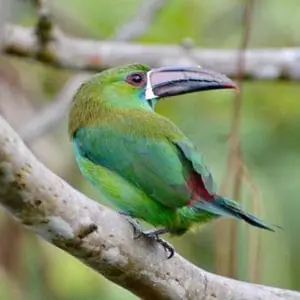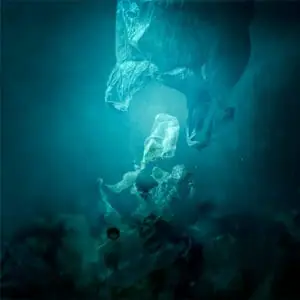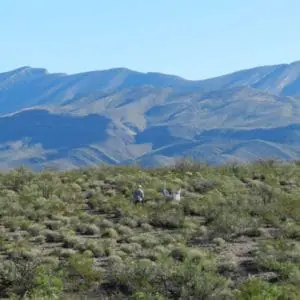SDG 15 - Life on Land

Feb 23: Phosphorus: Past and Future book launch
Phosphorus: Past and Future, available from Oxford University Press, discusses emerging efforts and innovations to develop phosphorus sustainability solutions to protect our food supply and water quality.
Study looks at land acquisitions' effect on climate change
In a new study, sustainability scientist Chuan Liao and co-authors looked at how the implementation of large-scale land acquisitions for agricultural development affects carbon emissions, and in turn, climate change.

Knowledge to outcomes in biodiversity conservation, talk
On Wednesday, October 21, 2020, 6:00-7:00 p.m. PST, ASU Center for Biodiversity Outcomes Founding Director Leah Gerber delivered a virtual talk titled “Knowledge to outcomes in global biodiversity conservation.” This

Growth in plastic waste could exceed mitigation efforts
ASU Center for Biodiversity Outcomes Founding Director Leah Gerber and Associate Center Director of Biodiversity Valuation and Assessments Beth Polidoro published a Science article titled “Predicted growth in plastic waste exceeds efforts to mitigate plastic pollution.”

New study shows soil as significant carbon sequestration driver
As harmful atmospheric carbon dioxide levels continue to increase, understanding the planetary carbon balance has become the single most important scientific question. A new report by two leading ecological scientists at Arizona State University quantified the global soil carbon sequestered by roots plus the amount leached into the soil. They revealed that climate and land-use are major influencers of belowground carbon sequestration.
Pearson authors guide to tiger beetles of India
A new field guide co-authored by sustainability scientist David Pearson is the first definitive identification guide to all 241 species of tiger beetles known to occur in India.

Like marathon runners, locusts carbo-load before a long journey
According to a new study from ASU's Global Locust Initiative scientists, they do it for the same reason humans do. Read the abstract of this new paper published Aug. 2 in the Journal of Animal Ecology.
Restoring degraded tropical forests generates big carbon gains
An international team of scientists from 13 institutions, including researchers from the Arizona State University Center for Global Discovery and Conservation Science, has provided the first long-term comparison of aboveground carbon recovery rates between naturally regenerating and actively restored forests in Southeast Asia. The researchers found that restoration practices improved carbon storage recovery by more than 50% compared to natural regeneration.

New study, reforesting tropics essential for biodiversity conservation
In partnership with Conservation International and the Global Trophic Cascades Program at Oregon State University, the ASU Center for Biodiversity Outcomes published a new study in Conservation Biology revealing the

Vegetation shifts can outweigh climate change in desert rangelands
Grasslands across the globe, which support the majority of the world’s grazing animals, have been transitioning to shrub lands in a process that scientists call “woody plant encroachment.” Managed grazing
Byck documentary series Carbon Cowboys hits the web
In his series, Byck details the farming technique known as regenerative grazing, which involves quickly rotating cattle from pasture to pasture, before they can damage the land.
Wrigley Lecture rebroadcast: CanopyMeg Lowman
Lowman is a pioneer in treetop science. She gives a fascinating presentation on canopy exploration, inclusivity in science, and how her work can create sustainable practices on local and global scales.